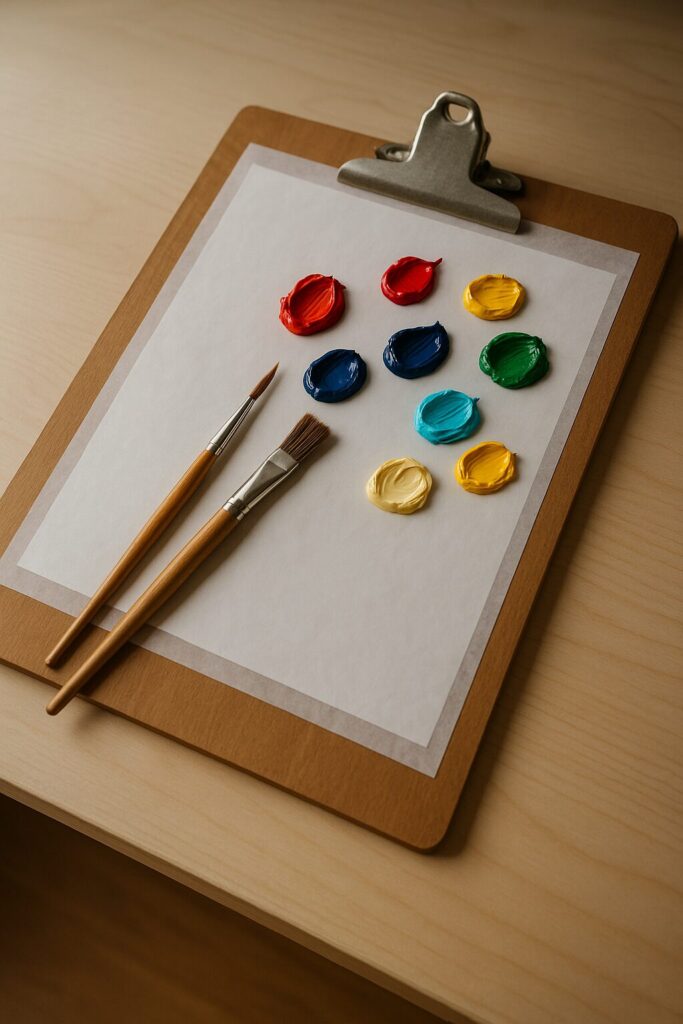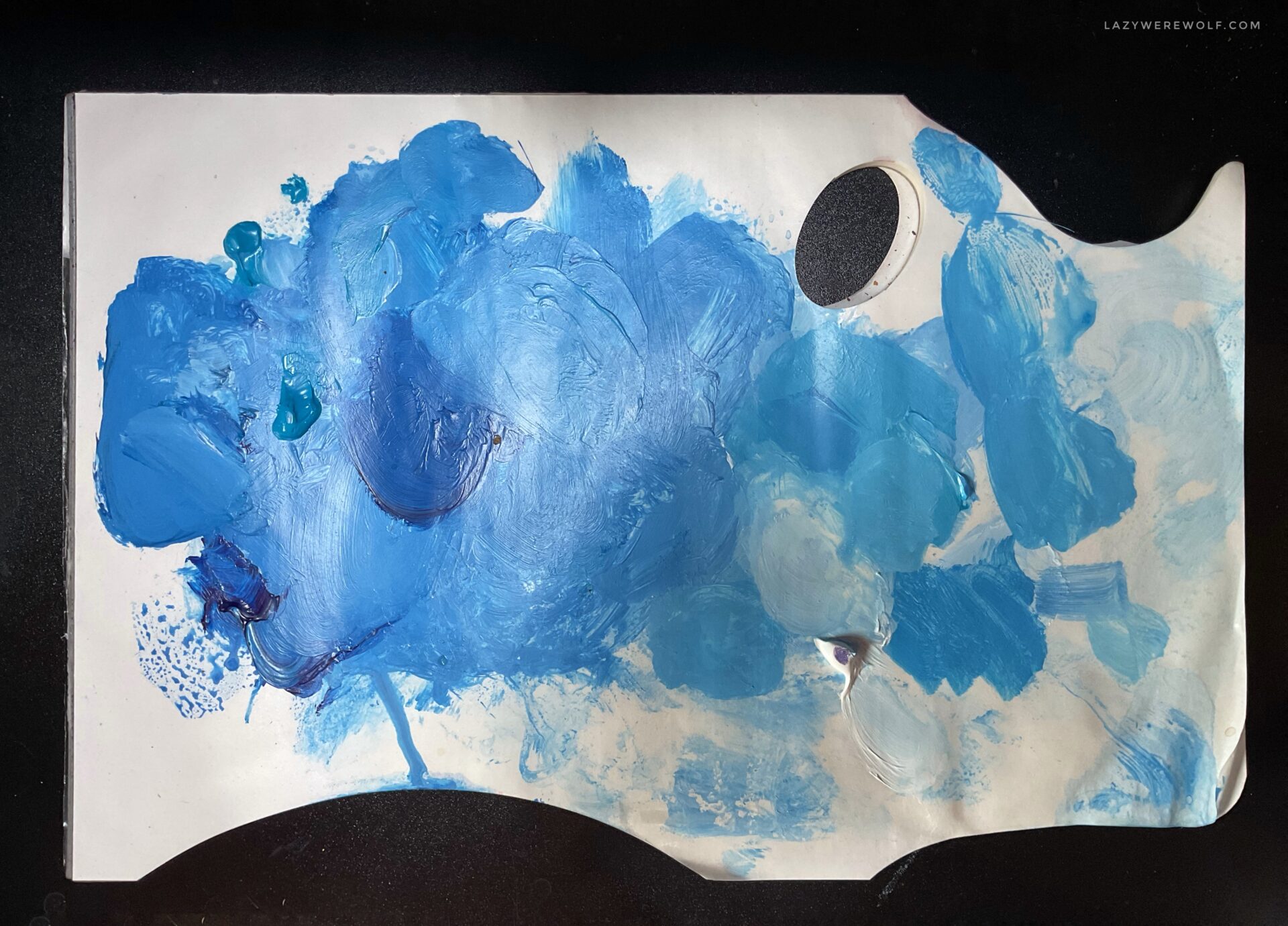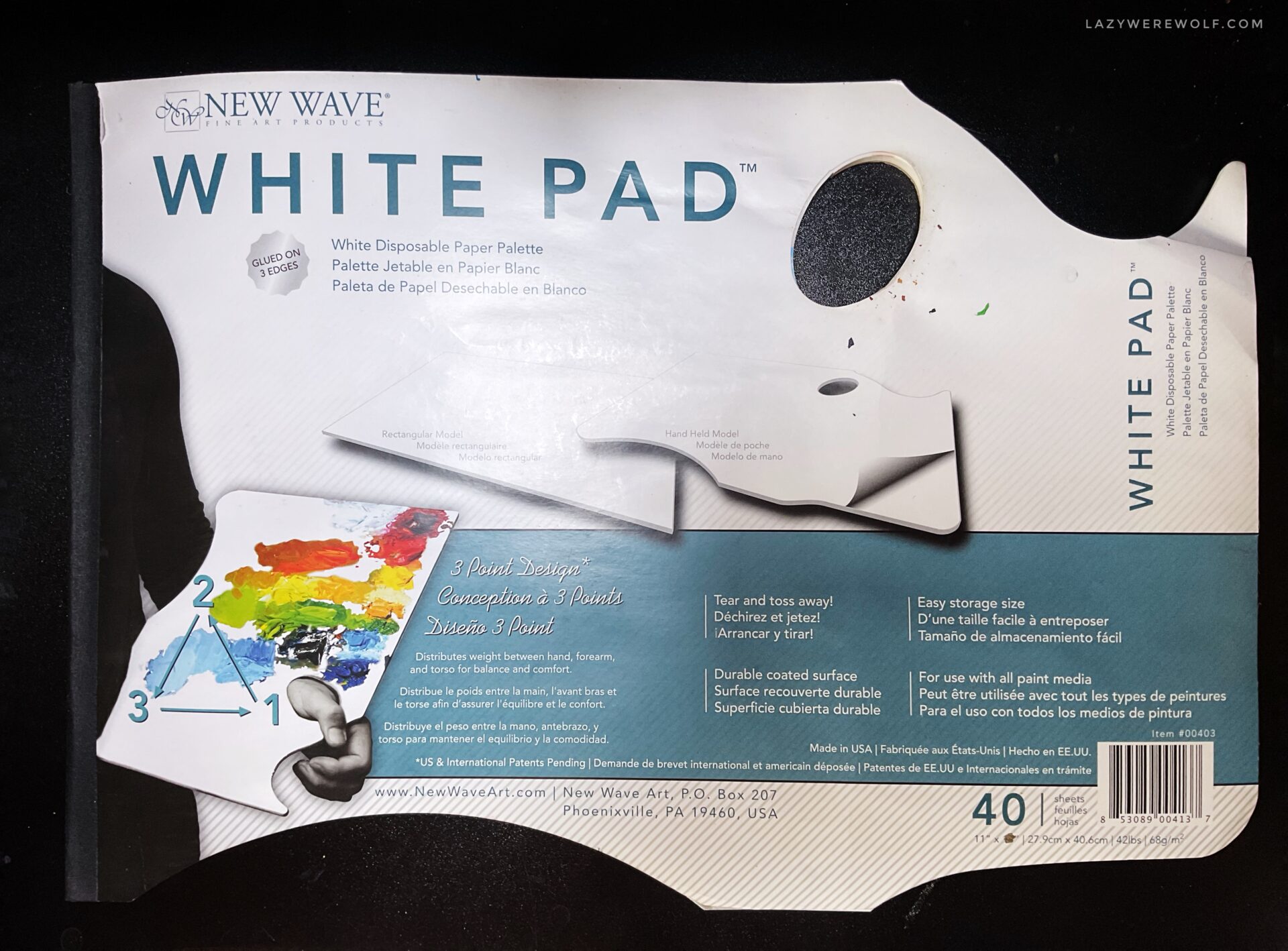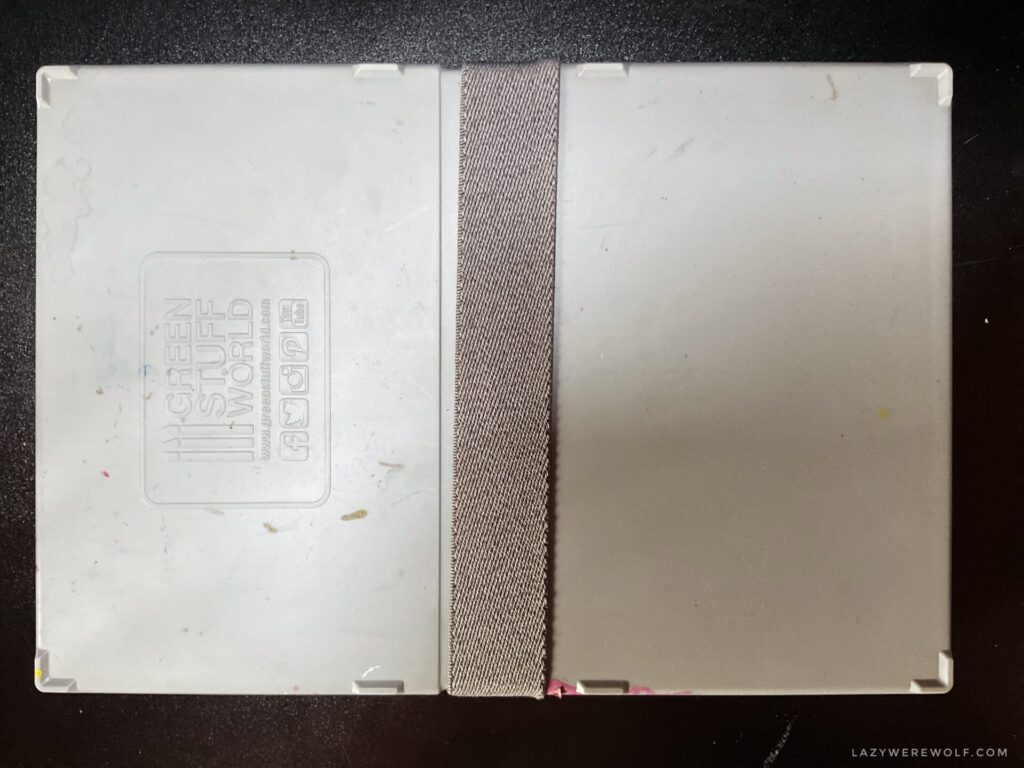Let’s Talk About… Painting Palettes
During my last exhibition, a few people asked me about the techniques and mediums I use — but the most interesting conversations somehow drifted toward… painting palettes.
I know, I know — it’s not exactly a viral topic. But maybe it should be. A good palette can make your painting experience smoother, cleaner, and just more enjoyable. So I thought I’d write about the ones I’ve tested and what I use now, in case someone out there is still searching for their perfect setup.
Quick note: this is not a sponsored post. Every palette mentioned here was bought with my own money after a long trial-and-error journey to find what works for me. I’m not promoting brands, just sharing experience.
What I Paint With (for context)
I mostly paint with acrylics, and that alone narrows the palette field quite a lot. Acrylics dry fast, can be difficult to remove once dry, and often behave differently than oils or watercolours — so your palette choice really matters.
What Didn’t Work for Me
🪵 Wooden and plywood palettes

These look beautiful… and that’s where the positives end. They absorb water, the paint sinks in and stays there, and it’s impossible to clean them properly.
For that reason I’ve never even dared to buy an actual wooden palette. I did buy a plywood one and I liked it… until the second time I wanted to use it and I struggled really badly to remove the dried paint from it. Also, when I tried to release some of the paints with water, some of it got inside the plywood and it got swollen and… Well, now it has a spot of exposed plywood I’d have to avoid while laying paints on it. Nowadays I use this palette for supporting other (mostly paper) palettes when they get too flimsy.
The first part of this post talks more about my experience of using this plywood palette (although I call it wooden in the post) and I end that part on a positive note. But after years of using that and other palettes I now know that wasn’t an optimal solution 😅
🧴 Plastic palettes
They’re… okay. Until they aren’t. They usually seem to be made of some sort of soft plastic, so most of them scratch easily (even with fingernails), and once the surface is rough, dried acrylic clings to it like glue. And I’m not only talking about those cheapest models with a thumb hole and little wells around the edges, they’re more of a meme than a real tool and I don’t recommend them. But unfortunately, this low-quality/soft plastic problem also affects the more expensive and fancy pallettes. They work amazingly at the beginning but in a relatively short time, they wear off and aren’t as smooth anymore, so their unique usefullness diminishes.

📄 DIY palette with tracing paper

For a while, I made my own palettes — just a sheet of regular white paper with tracing paper on top of it, clipped on a board. Surprisingly functional! But after a while the tracing paper would crumple from water because obviously this paper wasn’t meant to work well with water.
🪞 Glass palettes
I haven’t tried one myself, but they intrigue me. Still, I imagine scraping dried acrylic might damage the surface, and since glass is heavy, they’re probably not great for painting in a standing position, unless you have a shelf or a stand tall enough for being able to use this kind of a palette comfortably.
Have YOU used them and have any experience with glass palettes? Have you found one that’s light and practical? What are your thoughts on using glass palettes with acrylic paints?
What I Actually Use Now
Disposable paper palettes – basic but reliable
I’ve used them for years. They’re not glamorous, but they get the job done, especially if you don’t want to deal with clean-up after every session, so they’re now my go-to when it comes to palettes.

In particular, my recent discovery are two models of New Wave paper palettes and I have no idea how I lived without them. One is perfect for painting while sitting at a desk or at an easel, and the other is ideal for standing.
Why are they so good, in my opinion? Well, the paper itself is very similar to any other paper palette (you can read my review of cheap Phoenix paper palettes here) with the exception of the gray one but more about that in a moment. What I love about these palettes though, is that they seem to be designed by people who know how their products are going to be used:
- The rectangle palette doesn’t have any cuts or “holes” – it’s perfect when you paint while sitting and/or holding the palette on your lap or a stand. In those cases you don’t need a thumb hole – it only makes the surface for paints smaller.
- The “weirdly” shaped palette is wonderful for standing – the surface is smaller but it really is perfect for instances when you need to hold your palette up, as is has special cuts, even in places you most probably support the palette with your torso. And you do want to do it because the palette is HEAVY. Before I bought it, I had some projects that were easier to work on while standing and the palette I was holding made my hand numb. It never happened with this palette.




Now, as you can see, the rectangle palette has gray paper and the other one – white. I first bought the white one and I decided to not get it with the gray paper because I’m so used to white palettes I assumed I didn’t need it. But then I bought the rectangle one (still not intending to get the gray version, initially) but they had it in the gray, so in the end I decided to actually try it out. And honestly? I love it. Of course, I knew it would be great for mixing whites, white-adjacent and other light colours but I didn’t think much of it. Now, that I tried it – I think I COULD live without it, but… why, when this exists? 😉
ℹ️PRO TIP:
The paper palettes are said to be easily disposable and, in case of acrylics, for one-time use. However, acrylics, even when dry, are relatively easy to remove from these palettes, especially when you sprinkle them with water and leave for a minute to detach. If you clean the paper palette like this, you can reuse it for the same or even a different project and save money on buying more palettes 😉
Airtight “wet palette”
I discovered the idea of wet palettes maybe a year or 2 ago, and after I bought my Green World Stuff’s wet palette I realised it’s actually incredible.
How it works is: you have an airtight box and inside of it you put a special sanitised sponge which you soak with water. On top, you lay a special paper (similar to tracing paper) – it’s your mixing surface. Once you’re done painting and close the box, the paints stay wet until the next day… and the next one… and another one. To be honest, for me they stay wet even up to a few months, and although I know it sounds not possible, I was as shocked as anyone when I found my paints still wet and ready to use months after I finished the painting I used them for.


However, this palette has a few downsides:
- I think it’s dedicated to other projects than actual painting (probably something like figure painting or similar), so the largest palette I found — the Green World Stuff’s XL one — is still quite small. For me it’s about half of the size that would feel comfortable to use.
- The paper you use as your surface is quite delicate and tears easily. Of course it’s stronger than a paper tissue but I feel like the tracing paper I used to use is stronger. And no, you can’t substitute it with tracing paper because the wet sponge underneath makes it crumple instantly and tear soon after (I tried).
- As it’s sort of a specialised set, you might need to buy refills of the paper and sponges.
- This particular palette only works for water-based paints (like acrylics), but won’t work for oils.
The palette is still amazing though and it definitely has the wow effect for me, so I can absolutely recommend it.
Final Thoughts (for now)
There’s no perfect palette for every situation — and I think that’s fine. The trick is figuring out what suits your current medium, workflow, and physical setup. I still switch things depending on what and how I’m painting. But it’s taken me years to get to this point, so maybe my experience can save you a little time (and money).
Of course whenever I find other interesting palettes or new tools or art supplies I’ll be posting detailed reviews with photos here. If you don’t want to miss anything, I recommend using the “Subscribe” box on the left sidebar — you will receive email every time I post something new here.
Now tell me — what palettes do you use and love? Maybe there’s something I’ve missed entirely? Please do share, I’m really curious of anything art supplies related! ❤️
~Kat

